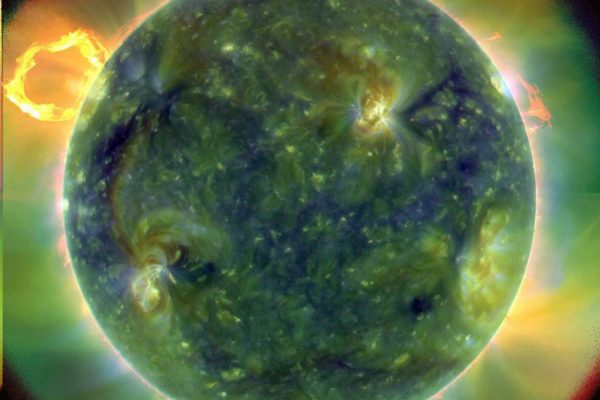Published 21 June 2017
Buckie Got It, St. Kitts and Nevis.
The summer solstice is upon us: June 20th and the 21st will be the longest days of 2017 for anyone living north of the equator. If pagan rituals are your thing, this is probably a big moment for you. If not, the solstice is still pretty neat.
Technically speaking, the summer solstice occurs when the sun is directly overhead the Tropic of Cancer, or 23.5° north latitude. In 2017, this will occur at exactly 12:24 am (Eastern) on the 21st. (But we can celebrate on either day.)
Below is a short scientific guide to the longest day of the year (though not, as we’ll see, the longest day in Earth’s history — that happened back in 1912).
1) Why do we have a summer solstice, anyway?
Okay, most people know this one. Earth orbits around the sun on a tilted axis (probably because our planet collided with some other massive object billions of years ago, back when it was still being formed).
So between March and September, Earth’s Northern Hemisphere gets more exposure to direct sunlight over the course of a day. The rest of the year, the Southern Hemisphere gets more. It’s the reason for the seasons:
(Tauʻolunga)
In the Northern Hemisphere, “peak” sunlight usually occurs on June 20, 21, or 22 of any given year. That’s the summer solstice. By contrast, the Southern Hemisphere reaches peak sunlight on December 21, 22, or 23 and the north hits peak darkness — that’s our winter solstice.
(NASA)
2) How many hours of sunlight will I get on Tuesday?
That depends on where you live. The further north you are, the more sunlight you’ll see during the solstice. Alaska-based climatologist Brian Brettschneider created this terrific guide:






